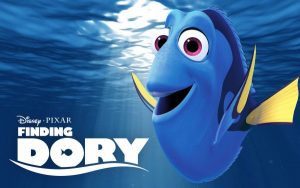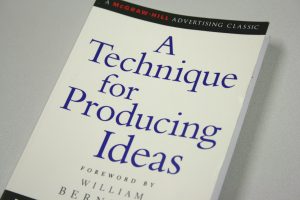Two disparate worlds collided this weekend that produced an insight. This is supposed to happen to people like me who use insights for a living.
First, I read contributing Atlantic editor David H. Freedman’s thoughtful piece, “The War on Stupid People” in the July/August issue. He tells us that the lack of intellectual chops, otherwise known as being stupid, has become the new acceptable put down. “Those who consider themselves bright,” he writes, “openly mock others for being less so.”
This practice is reinforced in corporate America. Many companies, Freedman tells us, are implementing new intelligence tests for potential hires. If you don’t measure up, it becomes a mark against you, and a reason not to make an offer of employment.
This in spite of the emerging evidence that smart people do not necessarily make the best employees. Something about having little experience with failure and thin skins. Interpersonal skills, self-awareness and emotional qualities, Freedman writes, can be better job performance predictors.
Perhaps his most astute observation is this: “Among other things, the less brainy are, according to studies and some business experts, less likely to be oblivious of their own biases and flaws, to mistakenly assume that recent trends will continue into the future, to be anxiety-ridden, and to be arrogant.”
The sad fact is, the minority of Americans who are in this intellectual elite influence the world for the rest of us.
Then I went to see the Disney/Pixar blockbuster, “Finding Dory.” It was not on my “must see” list, but after reading so many positive reviews, I relented. It is that rare combination of laugh-out-loud entertainment and serious message vehicle. As a college educator, I was reminded to take its message into my classroom everyday. 
But as a brand strategist and storyteller as well as a creative brief educator, I saw another message. Advertising professionals take data and research seriously, as we should. What we learn from the things consumers tell us as well as what we discern from their unconscious (i.e. body language) behavior, lead us, or so we hope, to a valuable insight, maybe even more than one. The kind of insight that makes tailoring communication to persuade them to try and/or remain loyal to a brand.
That’s the theory, anyway.
I left the theatre while the credits to “Finding Dory” were still rolling, and I couldn’t help but laugh to myself. The central question posed in the movie is the very question we brand guardians must ask to guide us in finding the insights we covet.
Before I get to that question, here’s a brief synopsis for those of you who have not yet seen this charming, heart-warming and outrageously funny tale, which incidentally also made me cry.
“Finding Dory” is a sequel to the popular “Finding Nemo” that came out in 2003. Its premise is that a year after Dory, a fish with short-term memory problems, helps Marlin find his son, Nemo, she remembers she has parents and sets out to find them. Marlin and Nemo go along to help. Thoroughly engaging mayhem unfolds, and it is no “spoiler” to tell you that in spite of her clear deficiencies, Dory finds mom and dad. It’s how she manages this feat, and what she learns that make this adventure so memorable.
Back to the question: At one point in the movie, when Marlin and Nemo get separated from Dory, the two struggle, momentarily paralyzed with inaction. Nemo poses the question, “What would Dory do?” to help his dad figure out the next move.
At first, papa Marlin assumes the intellectual approach and begins to analyze and synthesize the situation in order to ascertain a strategy. Until he realizes that’s not how Dory operates. Dory’s lack of conventional intelligence, which might be classified these days as a developmental disability, gives the lie to her abilities.
Marlin has his “Ah-ha!” moment and decides to take a leap of faith, Dory-like, to keep the search for Dory, and the story line, moving.
It is both this question and its answer, combined with Freedman’s observations about so-called intelligence, that produced my own “Ah-ha!” moment.
Finding a brand insight is a hard thing to do. There are no guarantees that intrepid digging will uncover anything remotely insightful. But this guarantee is, well, guaranteed if you stop at data and research.
A brand insight comes, not from brainy application of intelligence, but rather from what I’ll call the “Dory effect”: trusting your instincts and allowing intuition to rule.
By this I do not mean to ignore data and research. On the contrary. Remember the advice of James Webb Young in his 1948 masterpiece, “A Technique for Producing Ideas.” When you are in the creative zone of the five steps Webb outlines, you eventually arrive at step 3: information overload requires you to walk away and clear your head. By this moment the seeds have been planted. But only at this moment can they bloom into an idea. 
This is the answer to the question, “What would Dory do?” It is the leap of faith Dory took from the moment she decided to go on her parent quest. It is the foundation on which rested every decision she made along the way.
It is the foundation on which insights arrive, too. I say “arrive” because I believe the intuitive, creative mind is more likely to be receptive to an idea than one grounded only in data- and research-based analysis.
No one “uncovers” an insight. An insight emerges after information is processed and left to settle, and then sparked by the intuitive brain.
Date and research are the nutrients. Intuition is the blender.
The next time you are in the hunt for a brand insight, don’t forget to ask:
What would Dory do?

